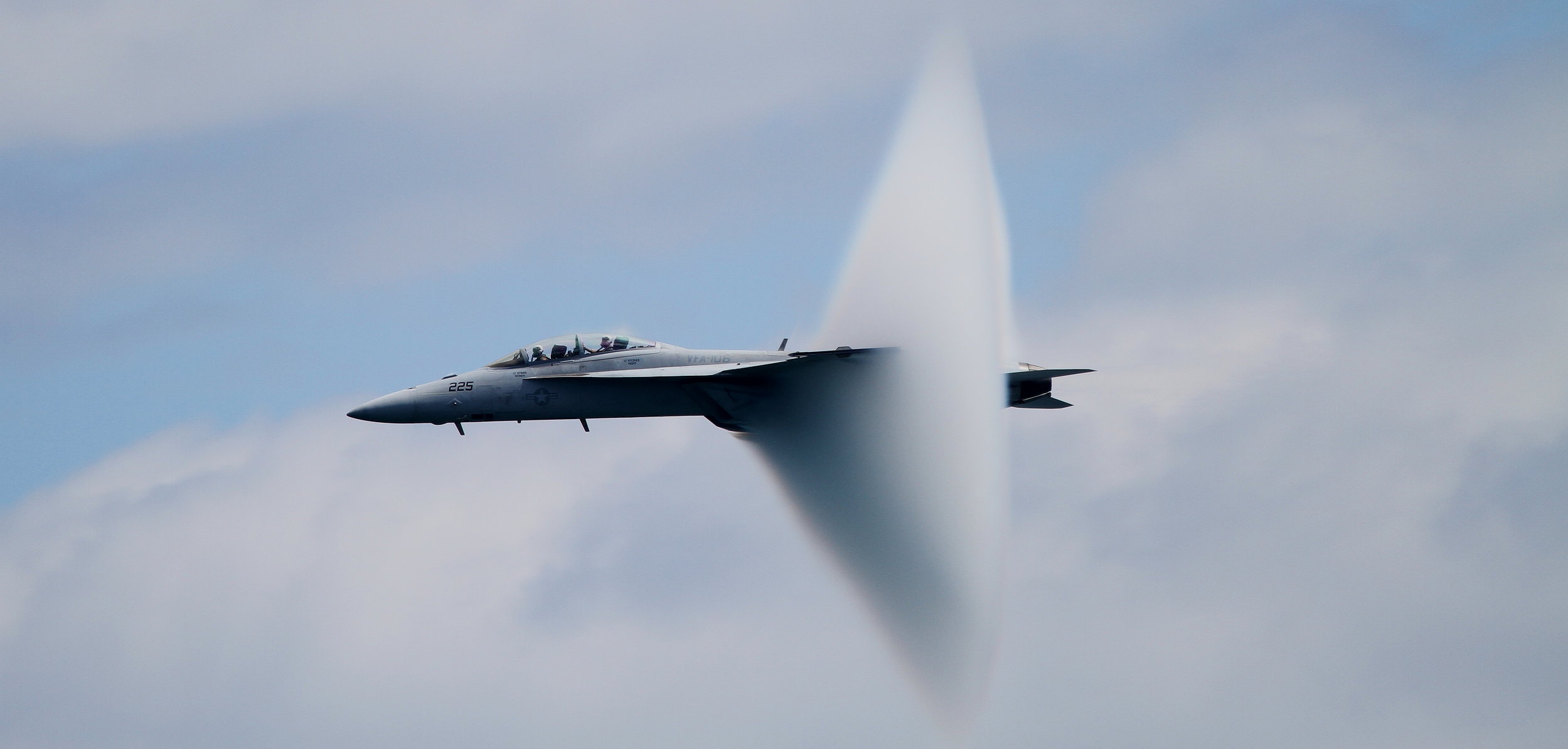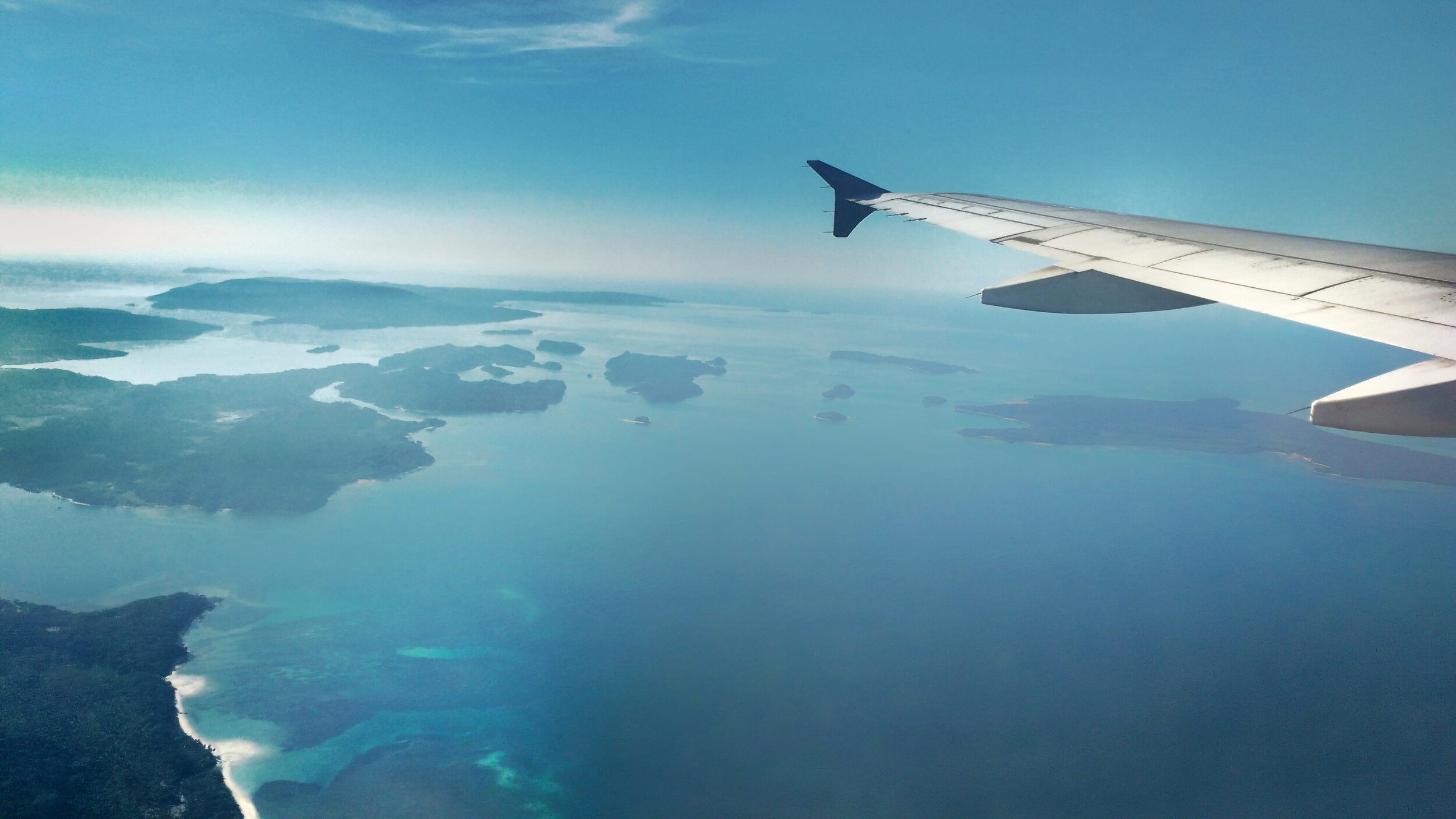Aircraft de-icing could become a thing of the past

Using nanotechnology, researchers create new aeroplane coatings that repel water and stop ice from forming.
When ice accumulates on aircraft surfaces, it disrupts flight schedules and leaves passengers stranded in airports as they wait for their plane to be de-iced. Yet a more serious and potentially deadly consequence is its ability to severely impair the function of an aircraft's wings, propellers, vents and other vital parts.
An international research consortium was formed to tackle the challenging issue of ice build-up on aircraft surfaces. Thanks to the EU project PHOBIC2ICE, the partners are working on different techniques that will make surface materials icephobic .
Coatings that say no to water and ice
The current ice build-up problem lies in the nature of aluminium surfaces which allow water droplets to stick to them. So, in cold and humid weather, icy particles attach themselves to the aeroplane. The researchers are now focusing on how to avoid ice formation by applying superhydrophobic coatings on aircraft. Their solution is an experimental coating with nanoparticles that makes aluminium repel water and prevents ice from forming.
"Nanoparticles create spikes, and air is trapped between them," explains Bartlomiej Przybyszewski, a materials scientist from project coordinator Technology Partners Foundation. The air prevents the water from penetrating, and so the water simply rolls off the surface.
In developing their innovative technology, the researchers have drawn inspiration from nature. Specifically, the secret lies in the leaves of the lotus plant, whose nanoscopic surface texture doesn't allow them to get wet – or dirty for that matter!
Testing surfaces in wind tunnels
They are also testing the coatings' effectiveness using an icing wind tunnel. By simulating poor weather conditions in the tunnel, the researchers are able to see how ice forms on aircraft surfaces. An icing cloud is created inside the tunnel by spraying water into it. The water is cooled below freezing point, without being frozen, and then lands on the aeroplane surfaces, where it freezes upon impact.
But it's not just ice that needs to be taken into account. Materials scientist Elmar Bonaccurso of Airbus Central R&T describes what the team is aiming towards: "As an industry, we need to make sure that these coatings will not only be effective against icing, but also resistant to atmospheric agents like sand if we want to fly through a sandstorm, rain if we want to go through clouds, and ultraviolet rays."
The project's achievement is a positive step towards reducing the energy consumption and environmental impact of current de-icing processes. The researchers are working towards making the coatings more durable, and consequently more economically viable.
Through its achievements, PHOBIC2ICE (Super-IcePhobic Surfaces to Prevent Ice Formation on Aircraft) is making progress towards a future when frequent de-icing procedures will no longer be needed at airports. This will help to reduce costs, pollution and flight delays.





